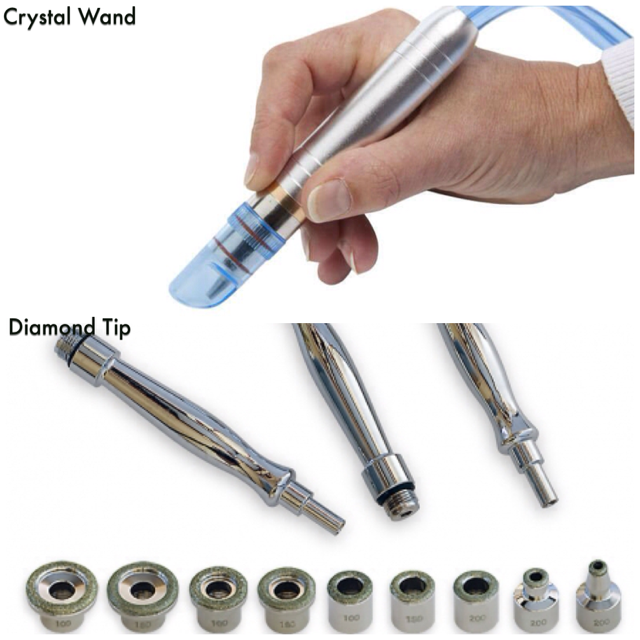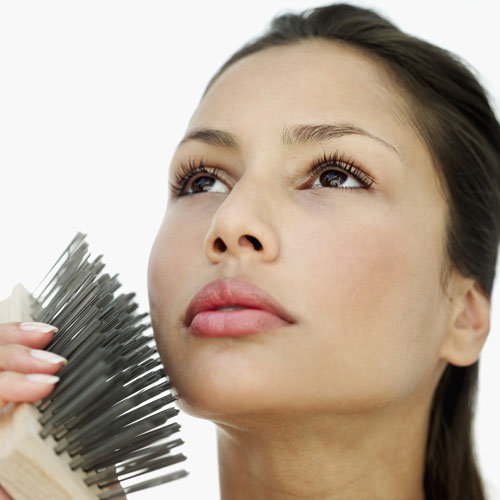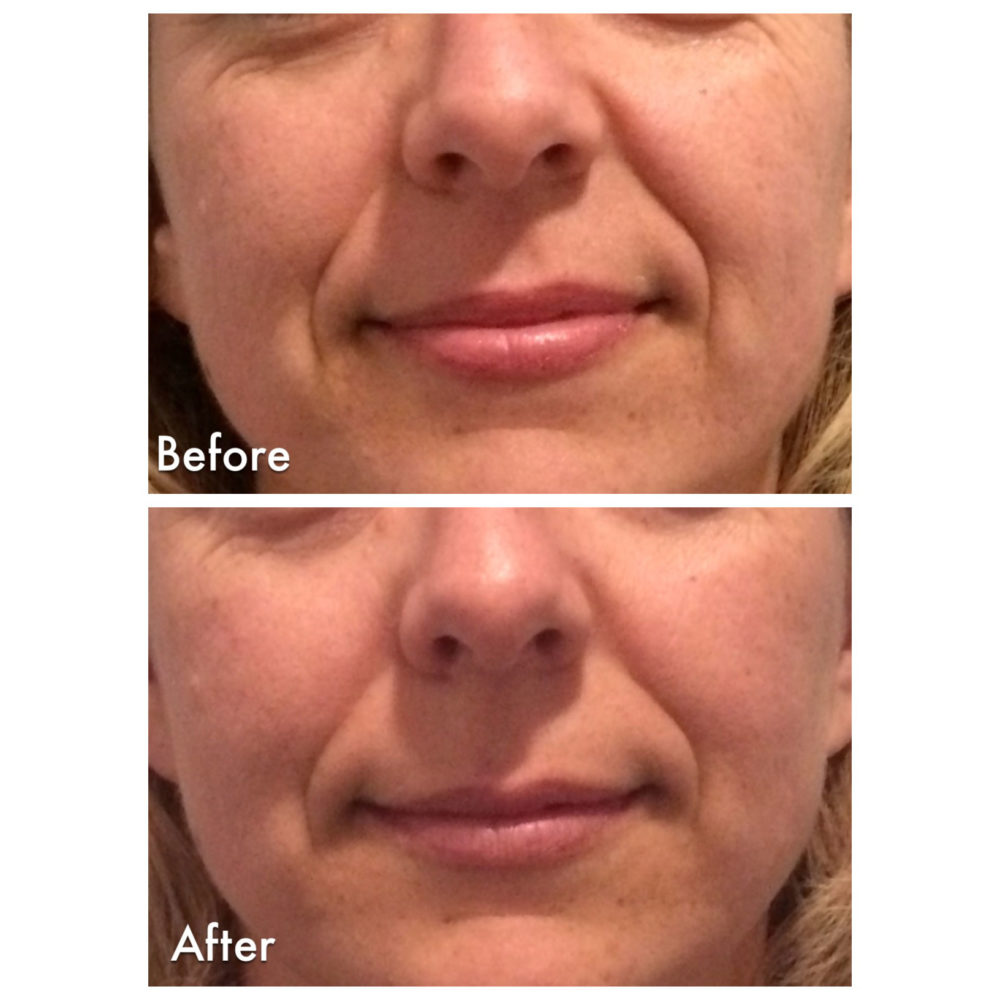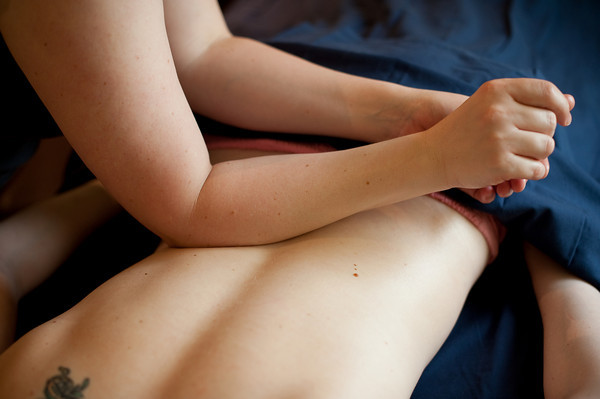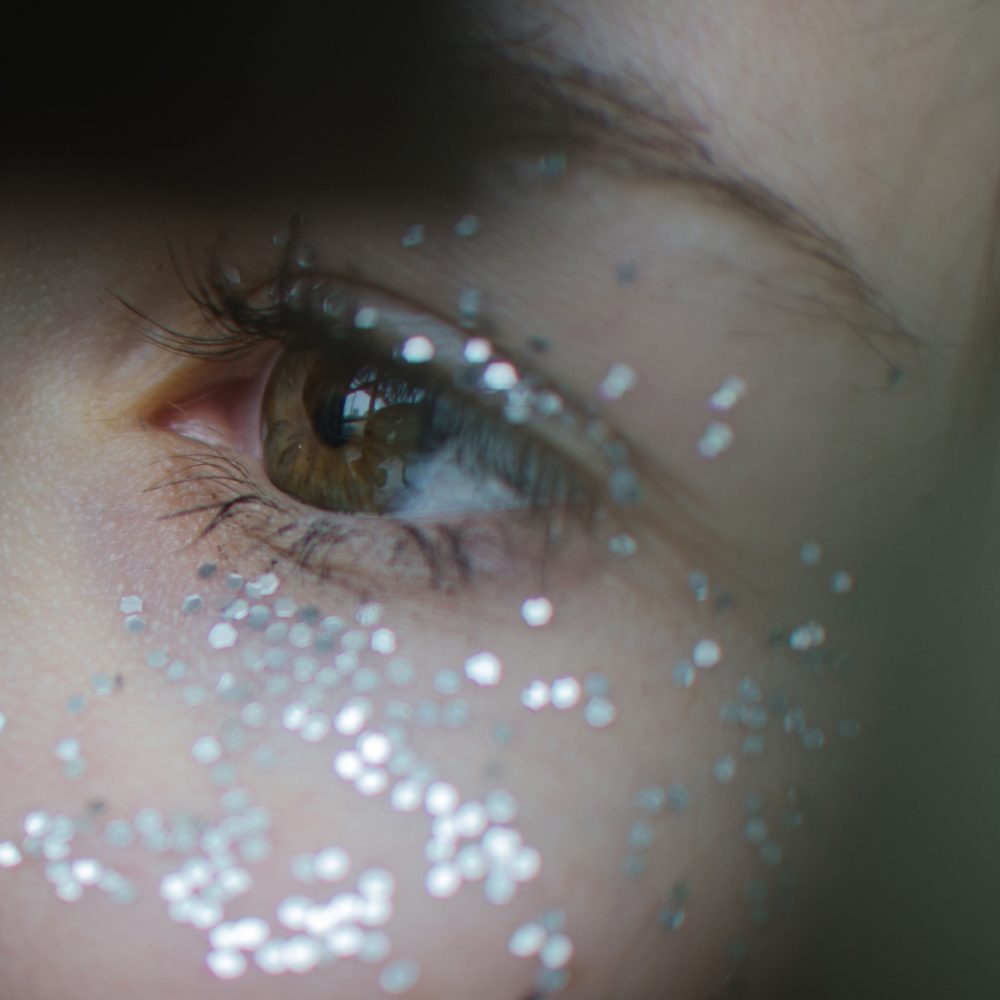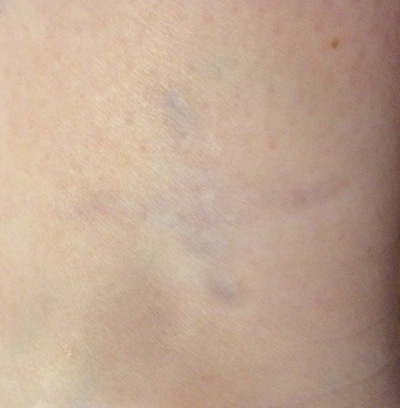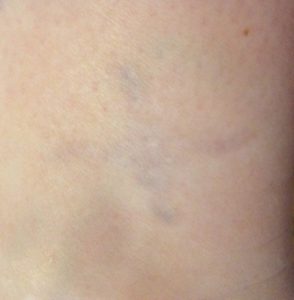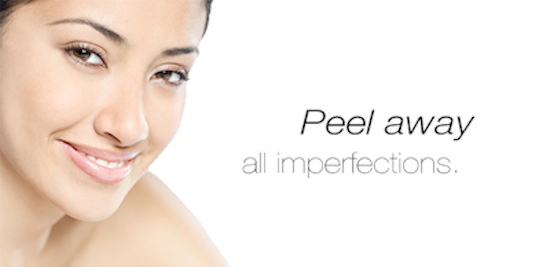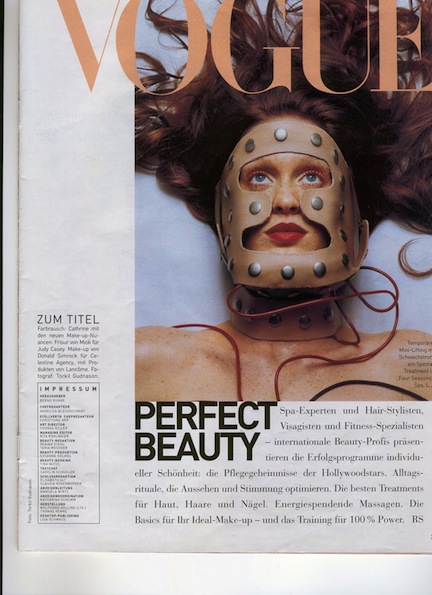I seem to have an abundance of first timers showing up at my studio this year!
Most everyone is curious about what happens during a facial, here are some pointers to help you get the most of your experience.
For your first treatment, book a basic facial. Glycolic peels and microdermabrasion are amazing but it’s best to get a professional opinion about what is best for your skin before scheduling a more aggressive treatment. Most estheticians (myself included) will offer a complimentary 15 minute consultation either over the phone or in person if you have questions.
Before your appointment, take note of the products you are currently using on your skin. If they contain active ingredients like alpha hydroxy acids, salicylic acid, glycolic acid, benzoyl peroxide or retinol make sure you let you esthetician know. If you are unsure, don’t hesitate to bring your products with you (or take a photo of the label).
Also, take a moment to think about what bothers you about your complexion. Do you suffer from acne breakouts? How frequently? Do you have dark spots or wrinkles you would like to minimize?
If you have an idea of what you would like to work on, your esthetician will be able to give you a tailored treatment and customize the appropriate treatment plan for you.
Be up front and honest about your time and budget constraints.
A basic, one hour facial will most likely include the following:
Cleansing: This step includes removal of makeup and cleansing the skin. Show up for your appointment wearing minimal makeup so time isn’t wasted removing it.
Exfoliation: Exfoliation can be done with a chemical like glycolic acid, an enzyme or a scrub and the goal is to prepare your skin for extractions.
Steam: Often steam is applied while the exfoliating mask in on the skin. Steam helps the pores to relax and hydrates the skin to make extractions easier.
Extractions: Most full length facials include extractions which is the removal of blackheads and whiteheads. This step is often skipped in shorter, “express” facials so if it’s important to you, don’t hesitate to ask.
Massage: Dry skin will benefit from facial massage but oilier skin types may react poorly. Your esthetician will determine what is right for your skin type.
Mask: A facial mask will help soothe the skin after extractions or hydrate dry skin. Often, the esthetician will massage the decollete and the hands while the mask is on. They also may leave the room for a few moments to get fresh water or any other supplies they may need.
The final step will be an application of lotion containing an SPF. Don’t hesitate to ask any questions you have either during or after the treatment. Estheticians are well trained to assess your skin but feedback from you is important.
Make sure you get the most out of your treatment!


